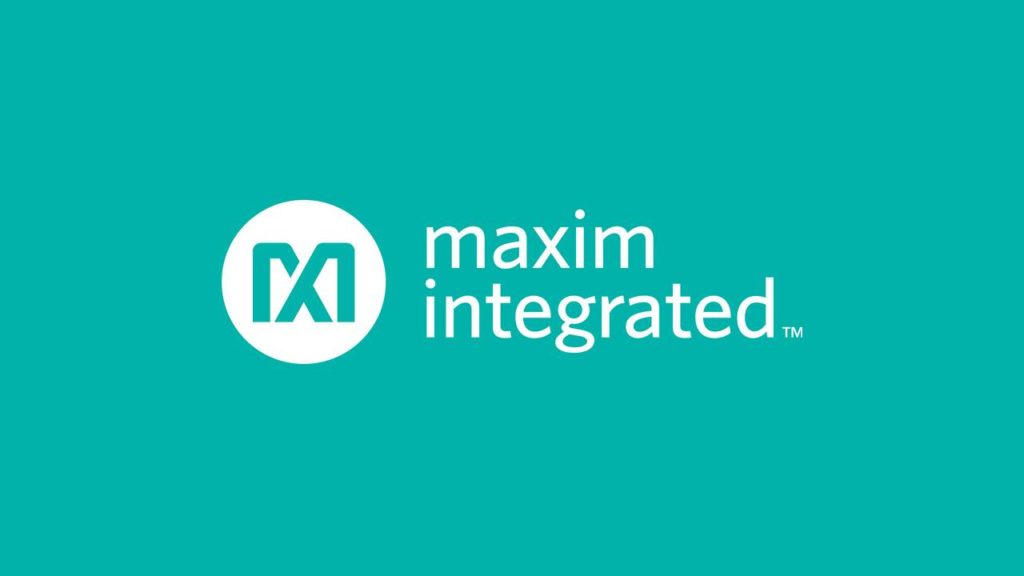Maxim Integrated is one of the largest manufacturers and suppliers of analog and mixed-signal integrated circuits. The company is over 38 years old and was established by a nine-member team following a two-page business plan. Today the company trades on Nasdaq as MXIM, NASDAQ-100 component, and S&P 500 component and has its headquarters located in San Jose, California, U.S. Based on the 2020 records, the number of employees working for Maxim is over 7000 people and recorded annual revenue of the company is US$2.191 billion.
Founding History of Maxim Integrated
Maxim was founded by a bunch of semiconductors design and sales experts in April 1993. The team included Jack Gifford, Fred Beck, Dave Bingham, Steve Combs, Lee Evans, Dave Fullagar, Roger Fuller, Rich Hood, and Dick Wilenken, Jack Gifford leading the team. All of these members were related to the semiconductor industry in terms of having contributed to the semiconductor industry on a major scale.
The nine-team members of the company represented a two pages plan in front of a local investor and raised a US$9 million capital in the venture to start the company. The company started by developing 24 second-source products, and later in 1985, it launched its first proprietary product MAX600, which won the company an industry award. This was the beginning of the innovative journey for the company.

In 1987, Maxim had its first IPO, and in the same year, the company introduced its first most successful product, MAX232, leading to the most successful fiscal year. In the second quarter of 1988, Maxim recorded sales worth 28.3 million. In 1989, after it acquired its first wafer fabrication plant from Saratoga Semiconductor, the company started the in-house manufacturing of the IC wafers.
In 1991, Maxim made a policy of working 24 hours a day, skipping all the holidays, leading to a hike in profits, from $7.6 million to $13.7 million, for that year. Maxim also made it to Business Week’s Top 100 Small Companies and Forbes’s Top 200 in both 1991 and 1992 for being a good place for work and having the best customer service. By the beginning of the 90s, Maxim had bagged contracts from companies like International Business Machines, Motorola, and Hitachi and had introduced more than 600 new chips. The acquisition of Tectronix in 1994 helped Maxim to enter the wireless and fiber-optics communications businesses.
The company recorded annual revenue worth $500 million in 1998, and in 2005, it was listed in the Fortune 1000 company. By 2008, the company had registered 50% more patents in its names, whereas in 2010, it built the first analog product on a 300mm wafer. Maxim’s total revenue for the fiscal year 2011 was over $2.47 billion, and as per 2019 records, Maxim Integrated was serving 35,000 global customers.
Acquisitions by Maxim
Maxim is known for the lucrative acquisitions that it made in the past 38 years. The company started off by acquiring the first wafer fabrication (fab) facility in Sunnyvale, California in 1990, The company then acquired the semiconductor division of Tektronix in 1994, followed by acquiring an additional wafer fab from IC Works in 1997 and Dallas Semiconductor in 2001. Later Maxim purchases the CMOS fab from Philips in 2003, a 0.18-micrometer fab from Atmel, and Vitesse Semiconductor’s Storage Products Division in 2007. In 2008 and 2009, Maxim acquired Mobilygen, Innova Card as well as two product lines from Zilog, Inc.
Starting from 2010, the next decade included the acquisitions of Teridian Semiconductor Corporation (2010), Trinity Convergence Limited (2010), Phyworks (2010), SensorDynamics (2011), Cambridge Analog Technologies, Inc. (2011), Genasic Design Systems Ltd. (2012), Volterra Semiconductor (2013), Icron Technologies (2018), and Trinamic (2020).
The CEO at Maxim Integrated
Tunç Doluca has been serving Maxim Integrated as the President and CEO since January 2007. He was born in Ankara, Turkey. He has a BSEE degree from Iowa State University and an MSEE degree from the University of California, Santa Barbara.
Doluca joined Maxim Integrated in 1984 as a member of the technical staff. In 1993, he was appointed as the Vice President of R&D at Maxim, and the next year, he was named leader of the first vertical business unit for portable power-management products at Maxim. At the beginning of the 2000s, Doluca was heading seven business units in the company and became the Group President in 2005. Doluca has 11 patents under his name and has designed 40 products for Maxim. He has also designed the industry’s first high-integration, notebook power-supply IC (the MAX786).

Yashica is a Software Engineer turned Content Writer, who loves to write on social causes and expertise in writing technical stuff. She loves to watch movies and explore new places. She believes that you need to live once before you die. So experimenting with her life and career choices, she is trying to live her life to the fullest.